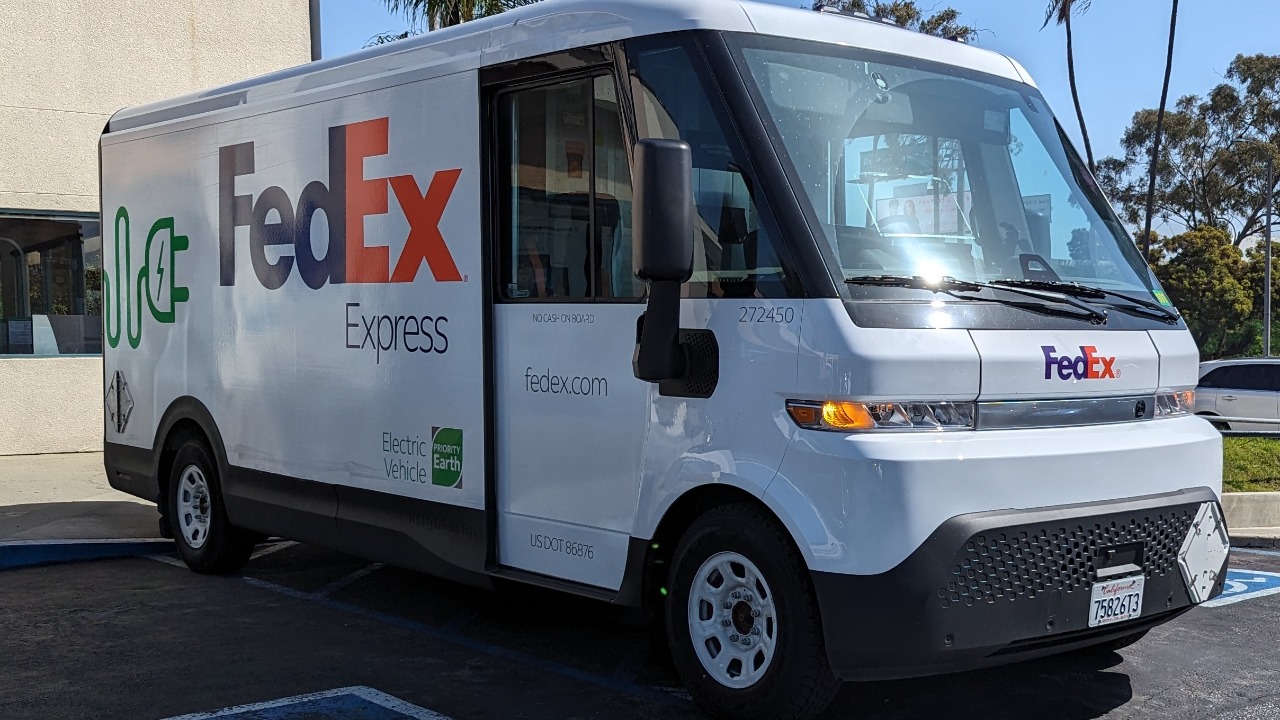
General Motors has announced a strategic shift by discontinuing its standalone BrightDrop electric delivery van brand. This decision involves integrating the Zevo 600 and Zevo 400 models into Chevrolet and other commercial vehicle lines. The move is attributed to insufficient market demand for dedicated electric vans, despite BrightDrop’s initial promise. Since its launch in 2021, BrightDrop has reported $1.7 billion in losses, even after delivering over 400 Zevo vans to major clients like FedEx and Walmart.
Background on BrightDrop’s Launch and Ambitions
BrightDrop was introduced by GM in January 2020 as a bold initiative to revolutionize urban delivery with all-electric commercial vehicles. At its unveiling, GM CEO Mary Barra described BrightDrop as a “game-changer” for urban logistics. The brand’s flagship models, the Zevo 600 and Zevo 400, were specifically designed for last-mile delivery, targeting large fleet operators. The Zevo 600, a medium-duty van, boasted a range of up to 250 miles, while the Zevo 400 catered to lighter-duty needs. GM invested significantly in its Detroit-Hamtramck assembly plant, retooling it for electric vehicle production with a target of 50,000 units annually by 2025. This ambitious plan underscored GM’s commitment to leading the commercial EV market.
Despite these efforts, the market response did not meet expectations. The substantial investment in BrightDrop’s infrastructure and technology was aimed at capturing a significant share of the commercial EV market. However, the anticipated demand from major fleets did not materialize as projected, leading to a reassessment of the brand’s viability as a standalone entity.
Reasons Cited for the Discontinuation
The decision to discontinue BrightDrop as a standalone brand is primarily driven by market dynamics. GM executives have pointed to “market demand” not aligning with expectations for purpose-built electric vans. The adoption rate by commercial fleets has been slower than anticipated, hindered by high upfront costs and gaps in charging infrastructure. These challenges have been compounded by BrightDrop’s cumulative losses of $1.7 billion through 2023, largely due to production ramp-up costs and supply chain issues related to battery sourcing from Ultium Cells.
Broader challenges in the EV market have also influenced GM’s decision. A notable 20% drop in U.S. commercial EV sales in the first quarter of 2024 highlighted the hurdles facing the industry. Ed Krenz, GM’s Vice President of Commercial Vehicles, noted that these market conditions necessitated a strategic pivot to better align with current demand trends. This shift reflects a broader industry trend where companies are reassessing their EV strategies in response to evolving market realities.
Impact on Customers and Production
For existing BrightDrop customers, such as FedEx and Walmart, GM has assured continued support through the Chevrolet branding. FedEx, which received 150 Zevo 600 vans in 2022 and planned for 2,500 more, will not experience an immediate production halt. Similarly, Walmart, an early adopter with 4,000 Zevo units on order since 2021, may face potential delays in scaling its EV fleet, but GM has committed to ensuring a seamless transition without disruption.
The Detroit-Hamtramck plant, initially retooled for BrightDrop production, will shift its focus to other models, including the Chevrolet Silverado EV. This change will reduce BrightDrop-specific output, which was at 20 units per week in 2023. The plant’s reorientation reflects GM’s broader strategy to optimize its production capabilities in line with market demand and technological advancements.
Future Strategy for GM’s EV Commercial Lineup
Looking ahead, GM plans to integrate BrightDrop technology into its broader Chevrolet and GMC commercial van offerings. This integration aims to achieve a 30% cost reduction through shared platforms by 2025. By leveraging existing platforms, GM seeks to enhance efficiency and competitiveness in the commercial EV market. The company remains committed to developing Ultium-based EVs for delivery, with new models, including a Chevrolet BrightDrop-derived van, expected to hit showrooms by mid-2025.
Mary Barra has emphasized that this strategic move aligns with GM’s overarching goal of selling 1 million EVs annually by 2025. By prioritizing high-demand segments over niche brands, GM aims to strengthen its position in the rapidly evolving EV landscape. This approach reflects a pragmatic response to current market conditions, ensuring that GM remains at the forefront of the commercial EV sector while adapting to the challenges and opportunities that lie ahead.